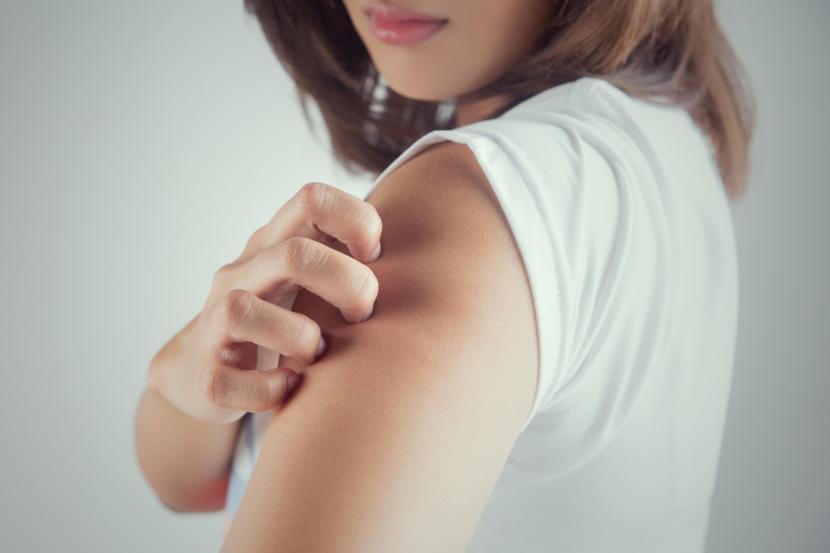What Causes Heat Rash?

Heat rash, prickly heat, or miliaria is a condition that results from the blockage of the sweat ducts. This condition usually affects people living in hot and humid places. As a result of the blocked pores of the skin (sweat ducts), perspiration is trapped under the skin. Once sweat is stuck in the skin layers, reactions take place and cause different manifestations on the skin. These may include:
- Itching
- Formation of tiny blisters
- Red or pink bumps
- Scratching of the skin
- Burning sensation
Heat rash is known as a condition that heals on its own within a short time. However, there are cases where it might last for some time and medical care is required.
Causes of Heat Rash
- Blocked sweat glands - The human body has thousands of sweat ducts responsible for the excretion of sweat. Once these sweat ducts get clogged, it causes skin rashes. Inflammation of the skin happens when dead cells of the skin or bacteria get plugged in the sweat ducts. An example of such bacterium is Staphylococcus epidermidis.
- Bacteria in the skin layers - When there are other bacteria in the skin layers more especially the skin glands, it leads to inflammation that results in a rash. It means that heat rash is also caused by bacterial infections in your skin.
- Environmental conditions - Heat rashes are more prevalent in areas with tropical and humid climates because people perspire more.
- Underdeveloped sweat glands - Heat rashes happen mostly in babies and young children because of their immature sweat glands, which cannot efficiently remove the sweat they produce. In cases where the children are in a hot environment, they are likely going to have this condition, especially if they wear clothes that do not allow proper air circulation in the body.
- Drugs - This refers to drugs that alter the fluid balance within the body. This greatly affects the body, hence, leading to the formation of prickly heat. Examples of these drugs include diuretic medications or tranquilizers.
- Staying in bed for too long - When a person spends long hours in bed as a result of illness or other conditions, heat rash happens. If you are using warm beddings or electric blankets, your chance of developing heat rash increases.
- Warm clothing - Wearing clothes that restrict the evaporation of sweat can increase a person's chances of having heat rashes. This is true especially during winter.
- Being obese or overweight - People who are obese are more prone to having heat rashes.
- Vigorous physical exercises - can trigger excessive sweating, which may lead to the formation of skin rashes.
Risk Factors for Heat Rash
There factors that make people more susceptible to heat rash, and they include:
- Wearing of heavy clothes
- Living in tropical places
- Vigorous physical exercises
The Bottom Line
Most causes of heat rashes can be controlled by not staying in areas having hot weather conditions. Wearing of lightweight clothes made of cotton also helps. For other causes such as medications or bacterial-related skin problems, visit a doctor for proper consultation.












